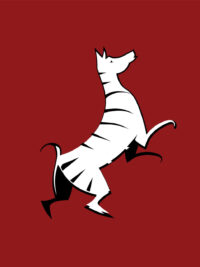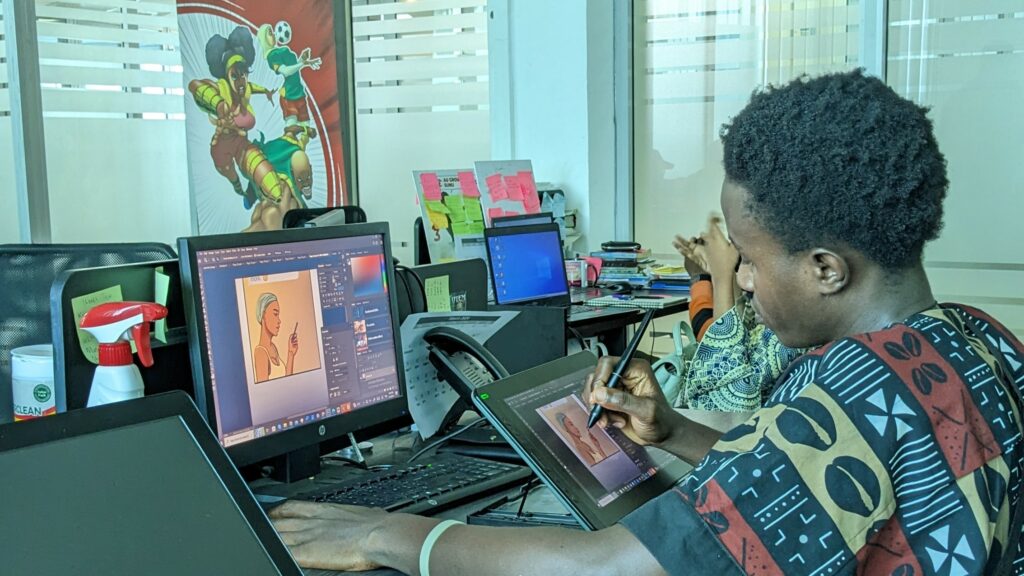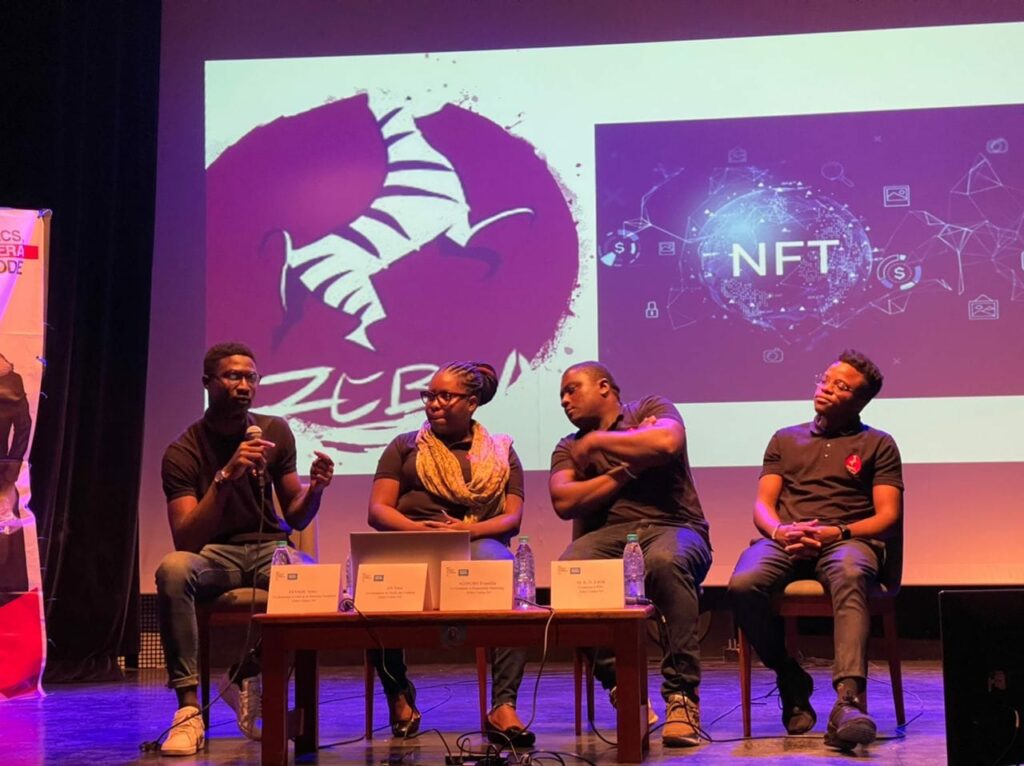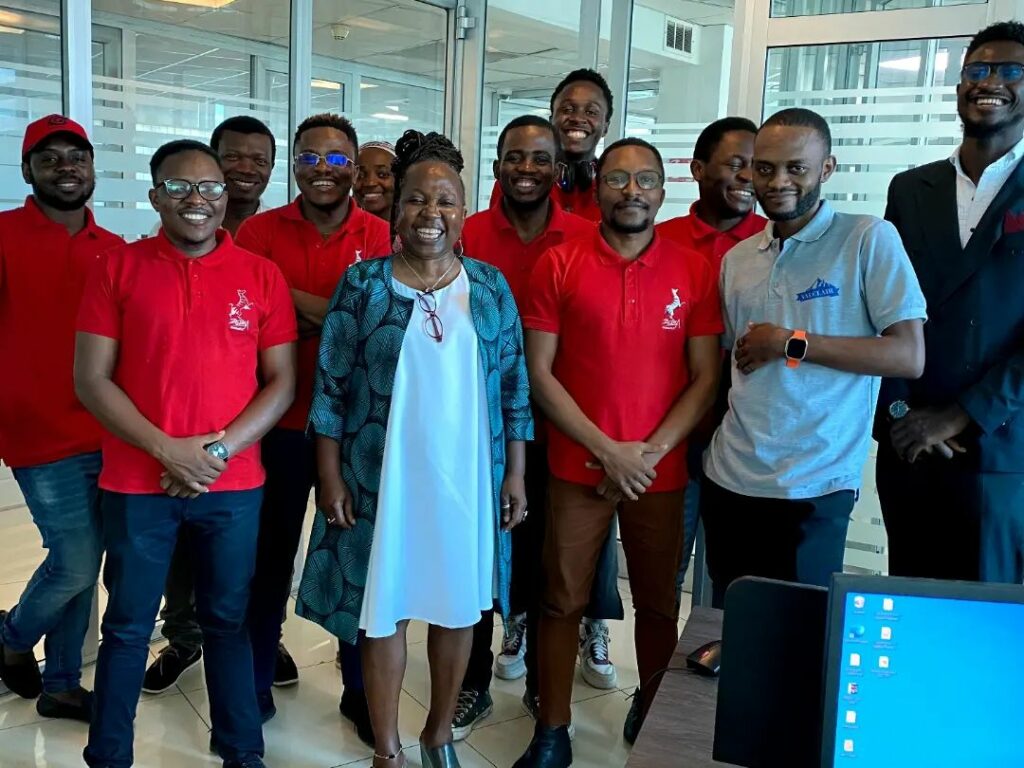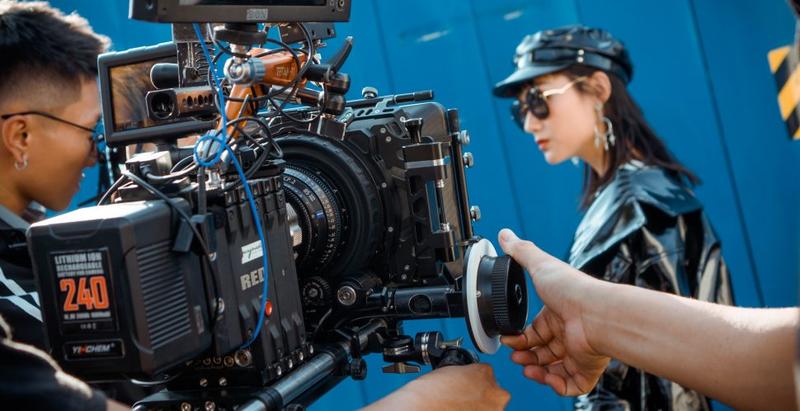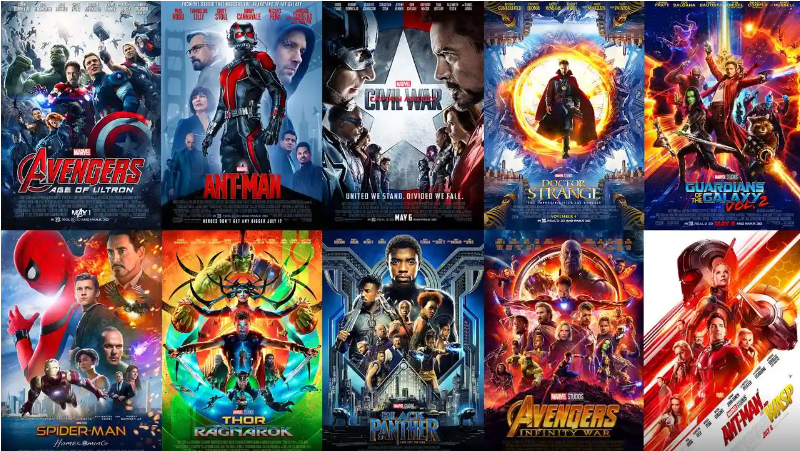Jemiro: An Epic African Space Travel Fiction
Africa holds a central and dynamic role within the Afrofuturism movement, serving as both a source of inspiration and a vibrant hub for creative expression. Rooted in the continent’s rich cultural heritage and complex history, Afrofuturism reimagines Africa’s past, present, and future through a speculative lens that merges technology, mythology, and tradition. From the visionary […]
Jemiro: An Epic African Space Travel Fiction Read More »
